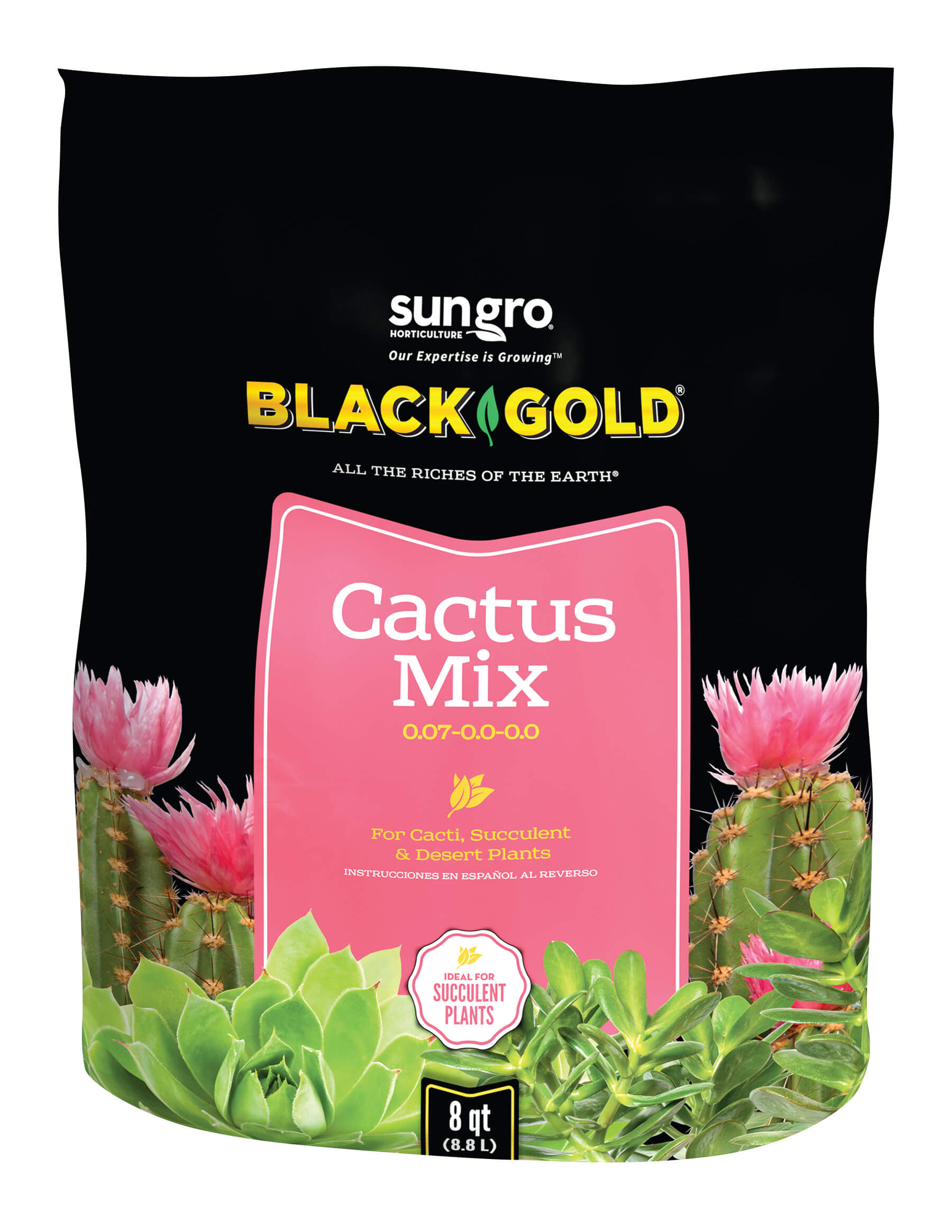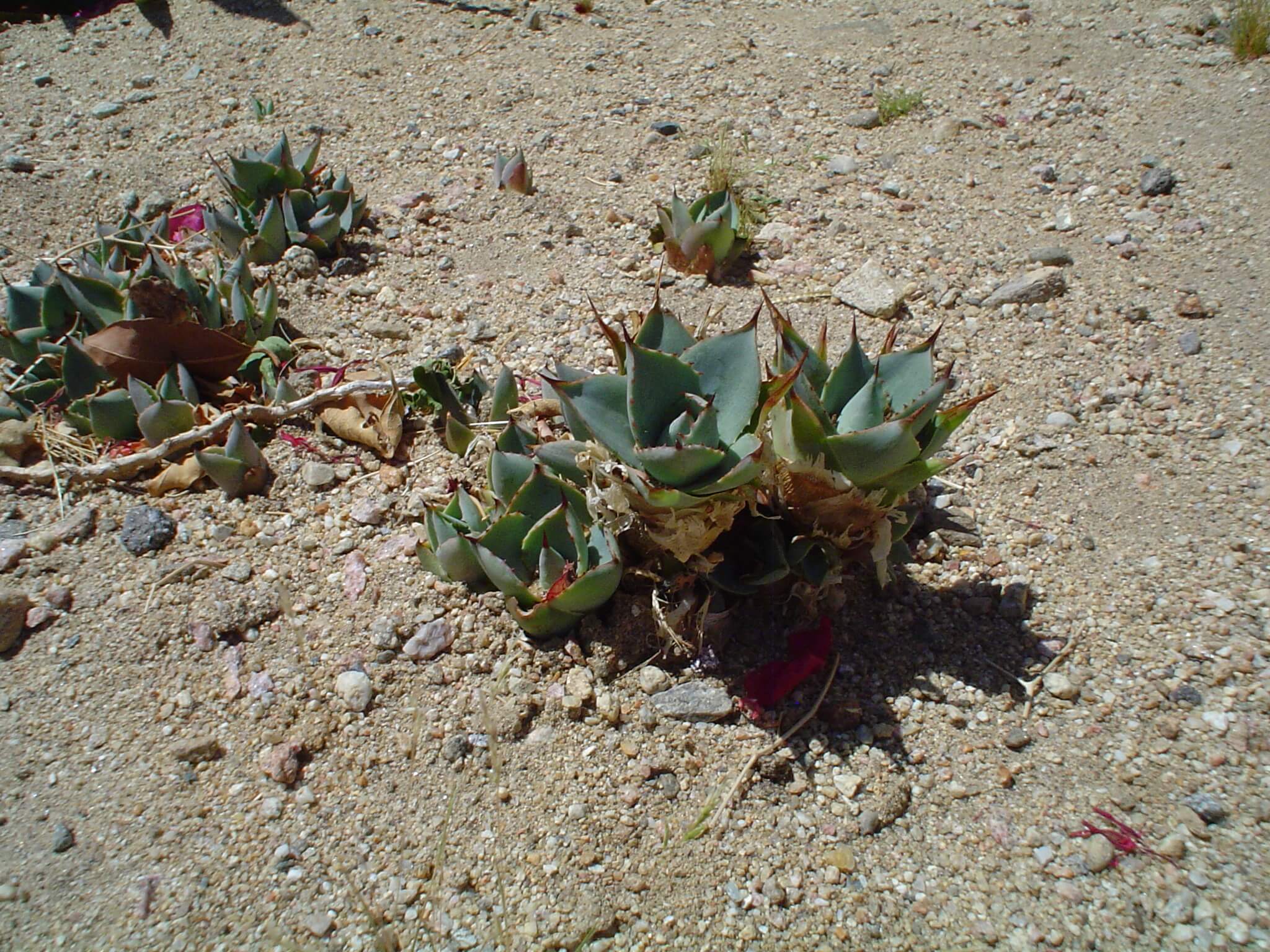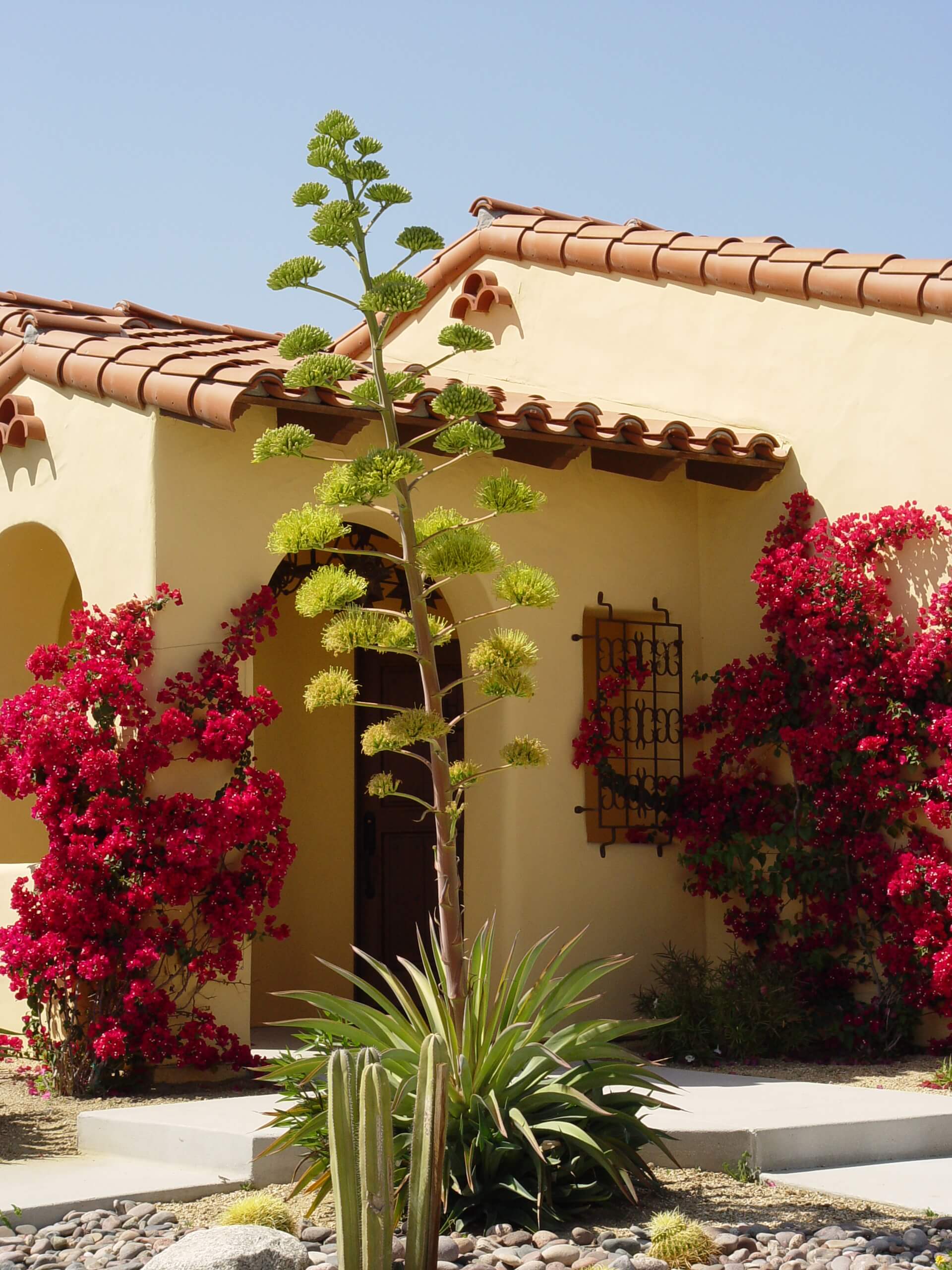
Agave are the most widely adaptable succulents, but what sets them apart is that they flower only once at the end of life and then they are gone. It literally takes an entire lifetime for each plant to save up enough fuel to reproduce. They do this by bolting, sending up flower stalks much like a head of lettuce does in early summer. Some agaves can produce enormous bloom stalks up to twenty feet tall, with nectar-rich flowers raised high for accessibility to bats and hummingbirds. Some gardeners allow the bloom stalks to remain standing until the flowers fade and the stalks dry out, while others prefer to remove them more promptly to maintain a more controlled appearance.
Agave Pups
 Agaves reproduce another way to maintain their numbers when the climate is too dry for seeds to germinate. They form “pups” around the aging mother plant. An agave pup, or offset, is simply a new vegetative shoot that rises from the parent’s root system. When the parent plant dies, the pups remain alive to take the parent’s place, though it takes years to fill in the ugly gap where the parent plant formerly existed.
Agaves reproduce another way to maintain their numbers when the climate is too dry for seeds to germinate. They form “pups” around the aging mother plant. An agave pup, or offset, is simply a new vegetative shoot that rises from the parent’s root system. When the parent plant dies, the pups remain alive to take the parent’s place, though it takes years to fill in the ugly gap where the parent plant formerly existed.
Nature grants us the option of filling in that hole ourselves by transplanting offsets into this gap. But for those who want to move their agave or do away with it altogether, a second option is to remove more pups and pot them up to accent yard, patio, porch or garden. Rehabilitating a flowering agave is also the perfect way to obtain lots of new agaves for the landscape without spending a dime. If the pups are relatively uniform in size, they can be planted in a series of identical pots for a bold visual repeat in the garden. For this, and all other agave plantings, use Black Gold Cactus Mix that ensures free drainage so roots won’t rot.

Transplanting Pups
Excavate pups carefully to avoid any unnecessary damage to the leaves and roots. Wounds are the fast track for diseases to enter these succulent tissues and cause ugly brown rot. Wash away the soil and cleanly cut the root tips that are frayed or torn from newly dug plants. Set the prepared pups in the dry, warm shade for a week or two to callus off root tips, as well as scratches and nicks anywhere else.
Repurpose nylon window screen to cover the pot drain hole, so potting material won’t sift through the bottom. Fill the pot 2/3 of the way full with dry potting soil and nestle the agave into the soil, then fill in along the edges being sure not to cover the base of the rosette. (Set soil level low enough to fill the top of the pot with a lot of water when watering is needed.) Gently pat the soil down to reduce any large air pockets.

This dry planting method is unique to cactus and succulents. With moisture held within their succulent tissues, you need not water the transplants immediately, if outside conditions are moist and cold. Add some pieces of broken tile beneath the pot to create a gap that facilitates more rapid drainage. If the surface soil is visible, use decorative washed gravel for a nicer appearance and to keep white perlite from floating to the surface.
With so many Agave cultivated all over the Southwest, there are always plants flowering each spring and summer for lots of free pup opportunities. Although Agave species vary in climate preferences, when you harvest pups from local plants, you know that they are bound to do well because that’s where mom raised them.

